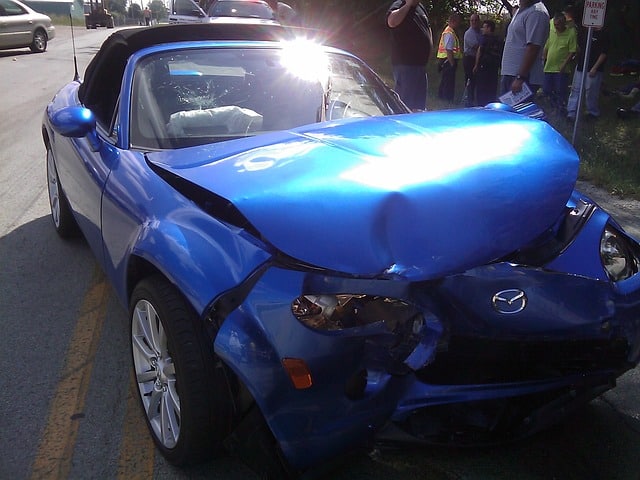THE BEST ACTIONS TO TAKE AFTER A MOTOR VEHICLE COLLISION
The following are some steps to take in the event of a motor vehicle collision. Following these steps may have a dramatic impact on your subsequent claim or lawsuit.
- MAKE SURE EVERYONE’S SAFE AND CALL THE POLICE -911
Following a collision, the health and safety of everyone involved is the primary concern. If it can be done safely, check the condition of all drivers and passengers. Call 911 if anyone is seriously injured or 311 if you are in Las Vegas and there are no critical injuries.
It is also important to get out of harm’s way if possible. If there are no serious injuries and the cars are able to be driven, it may be best to move your vehicle away from the flow of traffic to avoid another collision. However, make sure you photograph the scene before moving any of the vehicles. If the vehicles cannot be moved safely, everyone should remain in their vehicles with seatbelts fastened and emergency lights on until help arrives.
- THE ONE THING NOT TO DO AFTER A COLLISION
Don’t admit or accept blame, even if you think you may be responsible for the collision. In the aftermath of a traumatic event, without all of the facts, it is impossible to know who caused the collision. You must cooperate with the police by relaying the facts of the collision. However, it’s best not to admit fault, and instead allow the responding police officer to gather all of the evidence and make a liability determination on his/her own.
- EXCHANGE AND GATHER ALL AVAILABLE INFORMATION
Regardless of whether the police come to scene of the collision, if you are physically able it is important to gather all pertinent information before leaving the area. You cannot rely on police officers or others for this critical information.
Make sure to note the names, addresses, phone number, and driver’s license number (take a picture of the license if possible) of the people involved. This includes passengers and drivers of all vehicles, as well as witnesses. Don’t let witnesses leave without getting their contact information. If you do, you will likely never be able to make contact with them.
It is also important to record the make, model, and license number of all vehicles involved. Finally, make sure you obtain the insurance information for each vehicle involved, which should include the driver’s insurance company, policy number, phone number, and the name of the insured if different than the driver of the vehicle (take a picture of the proof of insurance card if possible).
- PHOTOGRAPH THE COLLISION
Take pictures of EVERYTHING. This includes the scene of the collision, the damage to the vehicles, and any visible injuries anyone may have experienced. It is important to obtain photographs from a distance as well as close up so that at a later date everything can be placed in the proper context. The more pictures the better.
- DOCUMENT WHAT OCCURRED WITH A TRAFFIC ACCIDENT REPORT
If the police did not respond to the collision, an official reporting of the collision will not be made unless you or someone else involved takes the initiative. The other driver may file a report, so it’s in your interest to document your version of events as well. You can file a state vehicle accident report, which is available at your local DMV, police station, or online at http://www.dmvnv.com/pdfforms/sr1.pdf. A state vehicle accident report must be filed within 10 (ten) days of the collision.
- CONSULT WITH A DOCTOR
A car wreck is a traumatic event, but the effects may not become apparent until hours or even days later. Even if you don’t think you have been injured, it is important to get checked out by a doctor.
7. CALL WILLOUGHBY SHULMAN INJURY LAWYERS
It is important that you know your rights in the event of a collision. So don’t wait, call us at (702) 852-6688.

